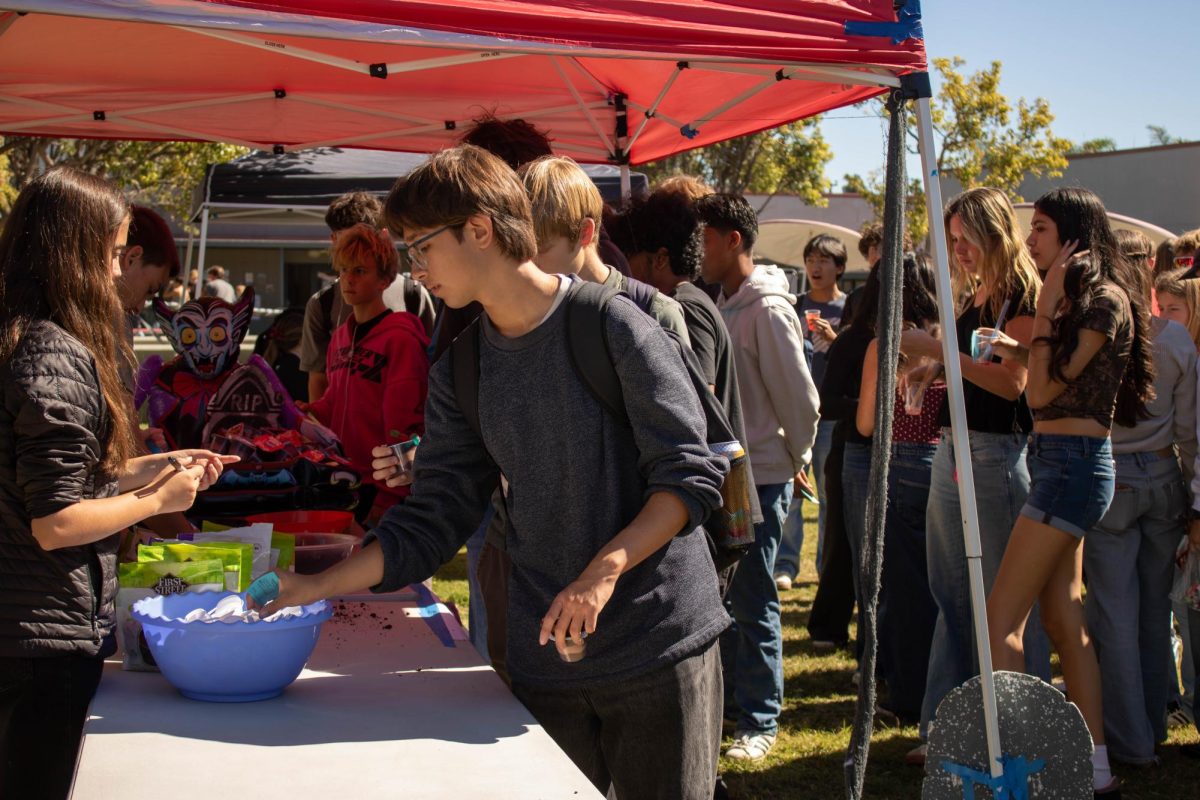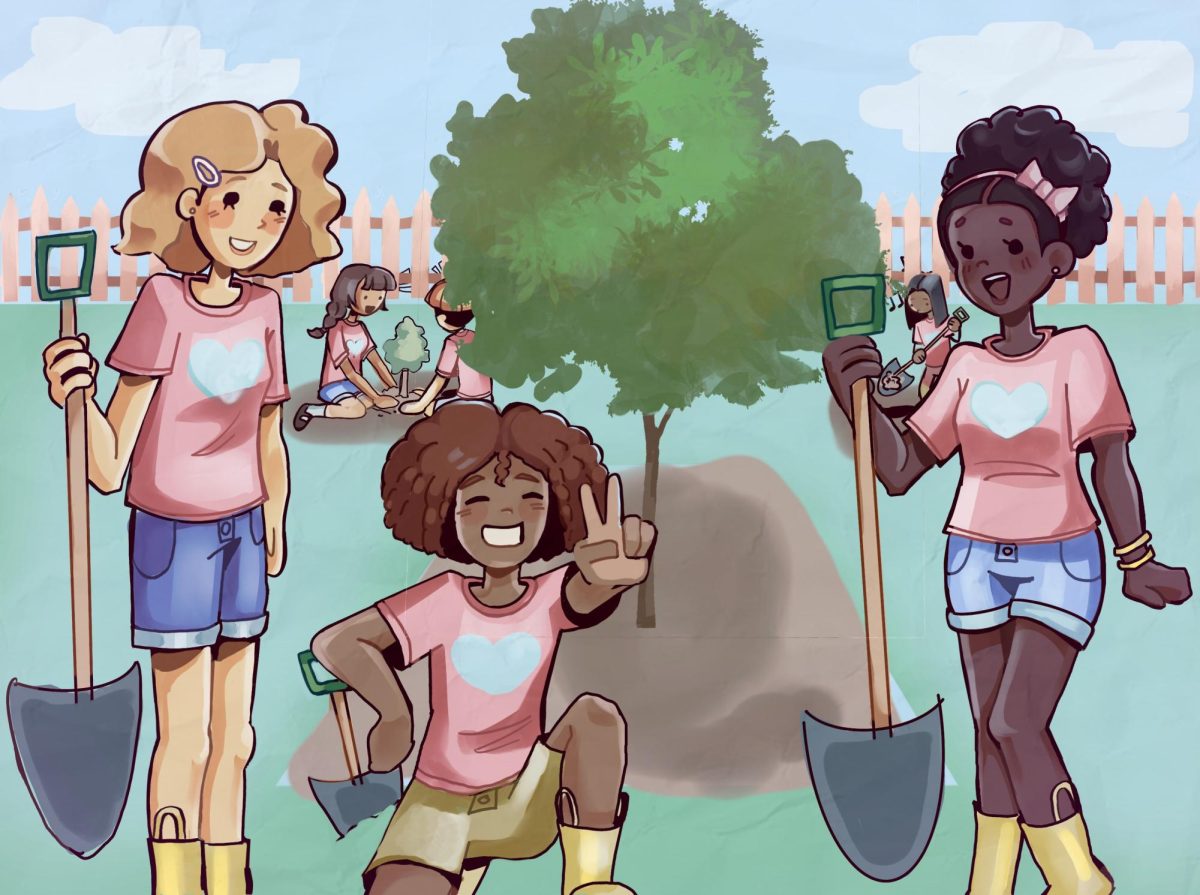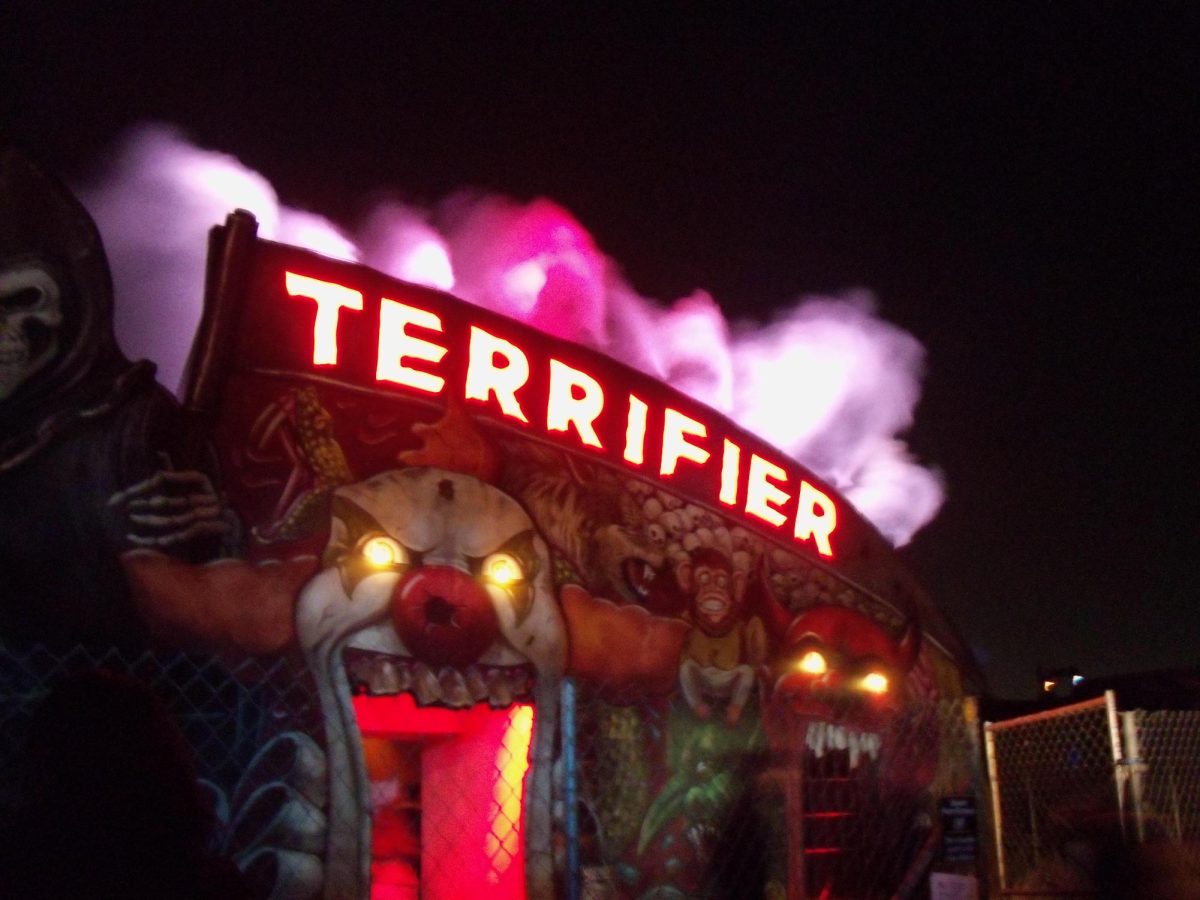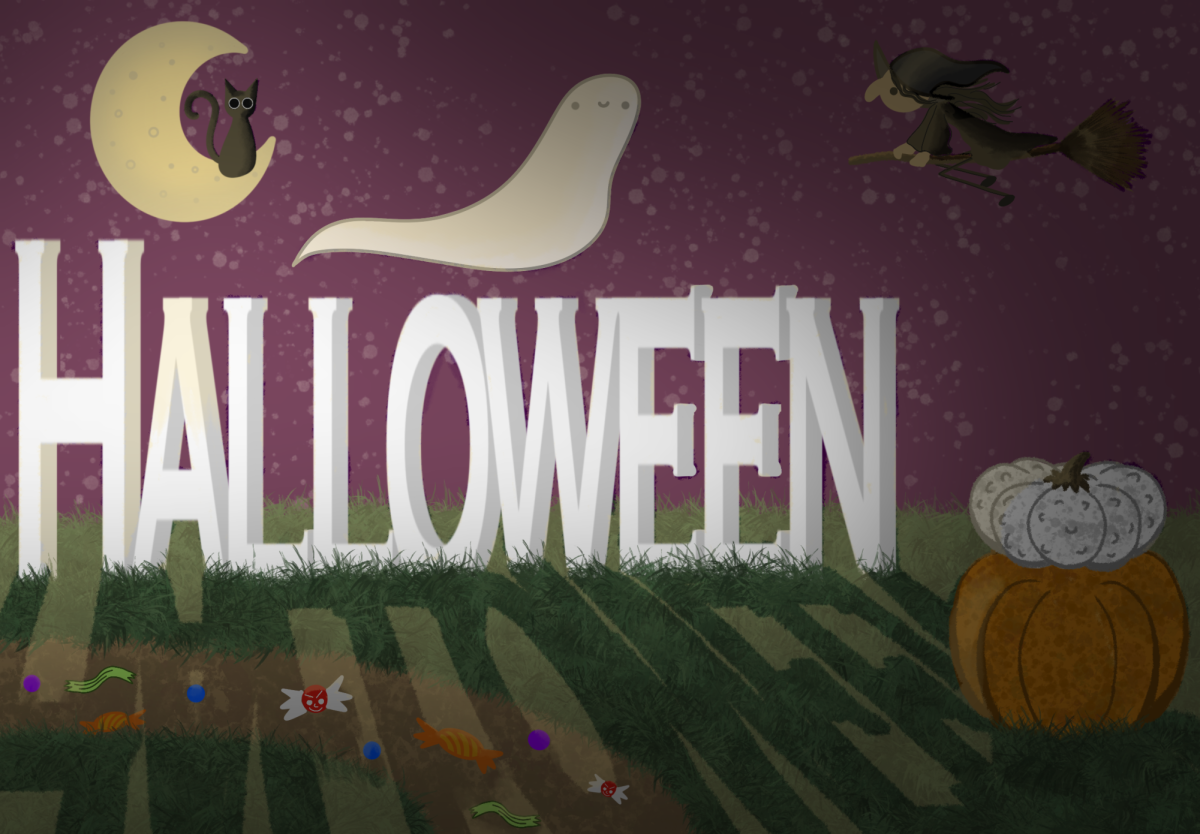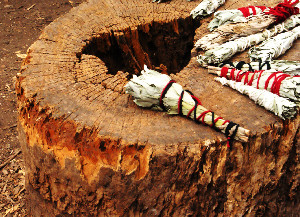
The families here are at peace with each other, making the entire scene feel like a big family reunion. In many ways, it is; the adults discuss their lives, and the children play games. However, this is much more than any family reunion. It is a celebration, a gathering in which people from all over California come out to Santa Cruz Island annually and honor their homeland.
These people are known as the Chumash Indians.
This event started in 2001, established by various Chumash groups in the area, all of whom were wishing to reconnect with their culture. Ninety percent of those that attend are native Chumash, while the other ten percent are not.
The Channel Islands National Park is a sacred place to the Chumash, as their history states. They used to live on the islands before missionization had occurred in California. This sacred site has been fought over for so long that the Chumash are very thankful to the National Park Service for letting them use the island for one weekend.
Spearheads of the organization, leader Marcus Lopez and Chumash elder Georgina, speak about the importance of the island to the Chumash people.
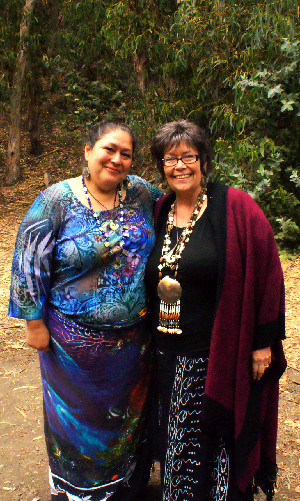 “We are an indigenous nation. We feel strongly about nature,” says Lopez.
“We are an indigenous nation. We feel strongly about nature,” says Lopez.And indeed they do. Georgina has assured me that they clean up as much as they can when they visit the island. Their religion consists of Mother Earth, Mother Ocean and Father God. They believe that the world is in a constant state of change and that the universe holds much mystery.
“We belong to it, and it belongs to us,” says Lopez.
Prayer is custom in their culture as well as certain symbols.
Once out on the island, the Chumash start a fire on the beach. This ritual is known as the “sacred fire.” It starts with prayer and throughout their entire stay, it is always burning. This fire represents the love of the people, where offerings of prayers, tobacco and sage are placed. This eco-centric thought is unlike modern western civilization. This tradition brings out the future Chumash generations and teaches the young people pride and understanding in their heritage.
Teaching the future generations to respect each other is no easy task for these elders. Cultural events take place out on the islands. They are activities such as making hair ties and jewelry, soapstone carving, basket weaving and strengthening their language together as a whole. The Chumash language is known as Smuwich. The tradition of the sacred tomol is also considered as a lesson to the new generation.
The tomol is a traditional plank canoe, invented by the Chumash and sacred to them. When the Chumash used to live out on the islands, they were known as the finest boat builders amongst Californian Indians. Today the tomol stands as a catalyst for Chumash nations to band together as a whole.
Marcus looks austere as he says, “The tomol is like a flower on the surface of the ocean.”
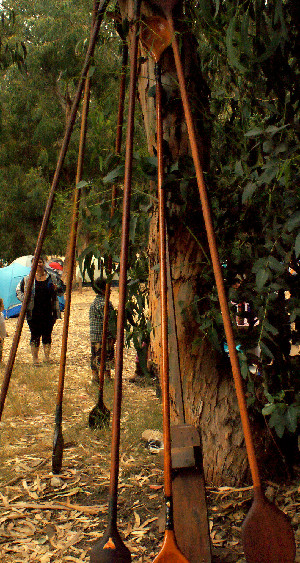 For this particular tribe, their sacred tomol is called ‘El’yewun. Originally, the Chumash paddle this plank canoe out to Santa Cruz island and are welcomed by the rest of the tribe. Celebrations take place and ceremonies are transpiring. All of this contributing to the well-being of the Chumash culture. This year, due to rough seas and stormy weather, the islanders were not able to make the trip.
For this particular tribe, their sacred tomol is called ‘El’yewun. Originally, the Chumash paddle this plank canoe out to Santa Cruz island and are welcomed by the rest of the tribe. Celebrations take place and ceremonies are transpiring. All of this contributing to the well-being of the Chumash culture. This year, due to rough seas and stormy weather, the islanders were not able to make the trip.However, a ceremony was still held and the paddlers were still congratulated. As optimistic as they are, the Chumash people will not let the forces of mother nature bring them down.
The village seems altogether closer now. There is a sense of home in the way the Chumash look at life and the way they laugh together, cry together and pray together. It is truly amazing how one weekend on Santa Cruz Island binds them together and transforms them back into the islanders that they were before.
It is the fulfillment of a dream that the elders had wished to see, a renaissance of sorts that brings healing and gratitude for many of the people who have long troubled lives.
Georgina looks at her father’s walking stick and smiles. “Brother,” she quotes, “We’re getting stronger.”




